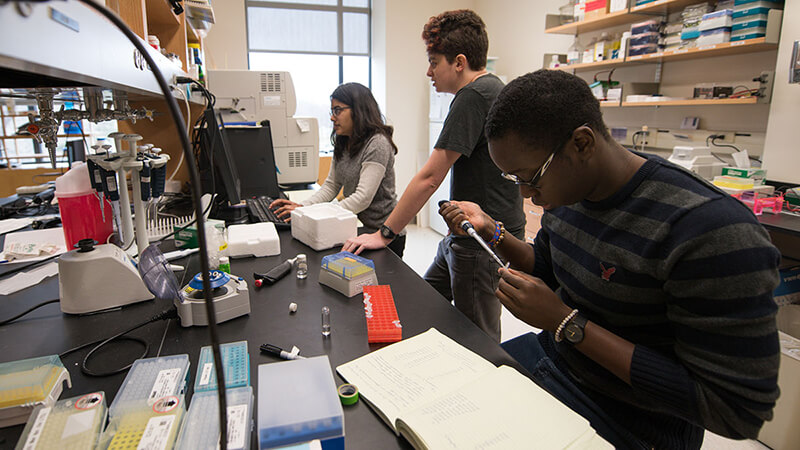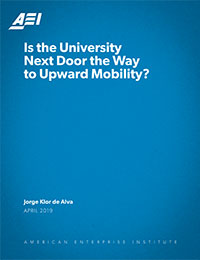Public Universities
Public universities are supported by tax revenue, tuition and fees, research grants, and other revenue. Their primary missions are teaching, research, and public service.
Public universities offer undergraduate and graduate programs that prepare individuals for careers by helping them develop critical thinking, leadership, and problem-solving skills. Public universities also conduct research in various fields, including the arts, engineering, the humanities, the sciences, technology, and the social sciences that result in discoveries and new knowledge that benefit society. Public universities serve their communities by providing resources and expertise to help address local, regional, national, and global challenges. They also offer outreach programs that provide cultural and educational opportunities to nearby residents and the broader public. Public colleges and universities are essential in advancing knowledge, promoting economic growth, and improving the quality of life for individuals, communities, and American society.
These universities are open to students who meet their admission requirements, regardless of their socioeconomic backgrounds or academic abilities. Public universities are often more affordable than private colleges and universities, making them attractive to students looking for ways to reduce their cost of attendance. These schools are usually more racially and ethnically diverse, drawing students from families across the spectrum of family incomes, and offer programs and resources to support first-generation college students, immigrants, and adults. These universities offer a wide range of programs and majors.
Public universities in the United States vary in type, mission, and structure. From flagship research universities and land-grant universities to tribal colleges and minority-serving institutions, each type of public university serves a purpose, meets specific needs, and draws distinct student populations.
Flagship universities are the oldest and most prestigious public institutions. They have an extensive range of departments and majors and offer comprehensive services. They also have strong research programs and are often the most competitive for admissions. Many flagship universities have large endowments from private donations that allow them to offer support for students through academic or merit-based scholarships, student services, and other forms of student assistance. Land-grant universities have charters to offer agricultural and technical education that promotes economic development and increases college access. Land-grant schools offer degrees in engineering, mathematics, the sciences, and technology, or STEM disciplines. Land-grant universities typically serve more diverse student populations than flagships, with higher rates of first-generation students and students from low-income families.
Among public minority-serving institutions (MSIs), tribal colleges and universities (TCUs) are operated by or for members of Native Nations. MSIs serve ethnic or racial minority student populations and also include Historically Black Colleges and Universities (HBCUs), Hispanic-Serving Institutions (HSIs), and Asian-American Native Pacific Islander-Serving Institutions (AANAPISIs).
State and local governments primarily fund public universities. Each state has its own system of public universities that receive much of their funding from appropriations by state legislatures. Federal funds are also used to help students pay tuition, support research, and develop new programs and courses of study. In addition, public universities often rely on external funding such as grants, donations, and endowments.
These universities offer a variety of services and support for their students, including student clubs and organizations, academic counseling and advising, financial aid and scholarships, academic and career assistance, libraries, research opportunities, and job placement assistance. Public universities also offer housing services, health and sports clubs, and social activities and events.




